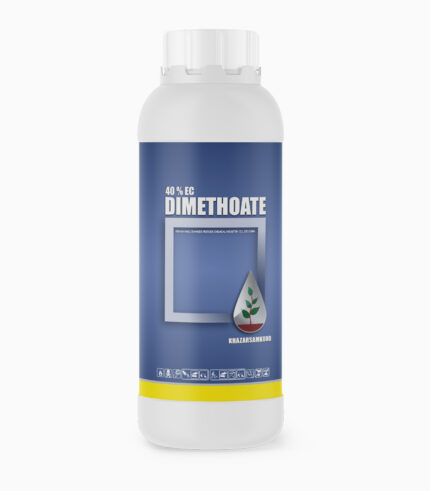Cristaland NK-10-0-40
“Cristaland NP NK 10-0-40” contains nitrogen and high percentage of potassium, which has been produced to provide the required elements of the plant during the period of reproductive growth and crop maturity. Consumption of this fertilizer improves the color, aroma, taste, as well as increasing the quantity and quality of the product.
Cristaland NPK 20-20-20
“Cristaland NPK 20-20-20” contains a balanced ratio of macro elements including nitrogen, phosphorus, potassium. This product is a complete and ideal combination for all plants at any stage of growth. "Nitrogen, phosphorus and potassium are the most consumed in a fertilization program. Nitrogen is essential for vegetative growth and is important for the production of starch and protein. Phosphorus is essential for ATP synthesis, as well as root growth and flowering, and potassium is also important as an activator of many metabolic enzymes, which ultimately plays a significant role in increasing the quantity and quality of products.
Cristaland-NP 15-50-0
“Cristaland NP 15-50-0” contains nitrogen and high percentage of phosphorus, which provides the required elements of the plant at the beginning of vegetative and reproductive stages, to increase rooting and flowering for all crops. Due to the importance of nitrogen and phosphorus at the beginning of the plant growth period, it is very appropriate to use “Cristaland NP 15-50-0” at this stage. which increases vegetative growth, plant root development and flowering. Due to the acidic pH of this product, it is a suitable fertilizer for use in calcareous and alkaline soils of Iran.
Cyhalofop-Butyl+ Penoxsulam 6% OD
Cypermethrin 40%EC
It is a non-systemic insecticide and contact with ingestion mode of action. It belongs to the pyrethroids which disrupt sodium channels in the axon membrane and has a knock-down property that causes the insect to become paralyzed and fall quickly. Cypermethrin has a quickly act on the larval and adult stages of moths.
Cyromazine 75%WP
Deltamethrin 2.5% EC
It is a non-systemic insecticide and contact with ingestion mode of action. It belongs to the pyrethroids, which disrupt sodium channels in the axon membrane and has a knock-down property that causes the insect to become paralyzed and fall quickly. Deltamethrin is used to control a wide range of pests.
Dimethomorph+ Pyraclostrobin 18.7% DF
It is a systemic fungicide with protective and curative action. It belongs to the strobilurin and cinnamic acid amide. Piraclostrobin with a systemic action is quickly absorbed by the plant and has a protective, curative and eradication action which inhibits cellular respiration at the Qo site of complex III of the respiratory chain. Dimetomorph acts by inhibiting the biosynthesis of phospholipid cell walls and also exhibits transcellular movement.
Dinotefuran 20% SG
It is a systemic insecticide with contact, ingestion mode of action. It belongs to the neonicitinoid, which affects nicotinic acetylcholine receptors in the central nervous system of insects. Dinotefuran causes the death of insects by preventing insects from feeding within a few hours after application. After spraying, it is absorbed both through the leaves and through the roots and is transferred to all the organs of the plant.
Dodine 65% WP
It is a systemic, preventive, and curative action. It belongs to the guanidine family, which disrupts the cellular respiration of the pathogen by changing the integrity and permeability of the cell membrane. The mode of action of this fungicide is due to the presence of guanidine, which non-specifically disrupts the structure of the membrane. The lipophilic part of Dodine binds to the lipid part and its polar part to the phosphate group of the phospholipid, causing structural disruption, membrane permeability change, nutrient absorption disruption, and respiratory inhibition.











